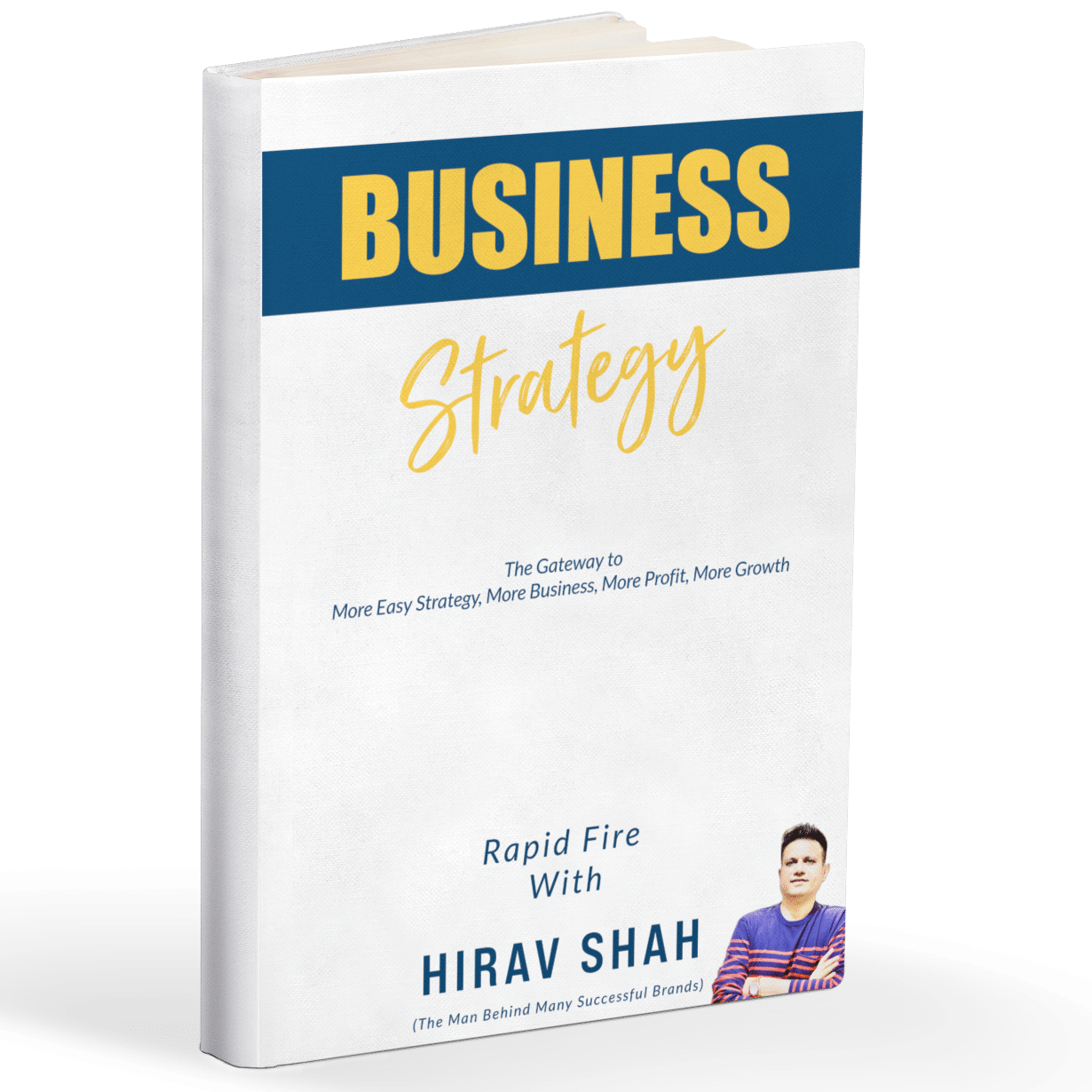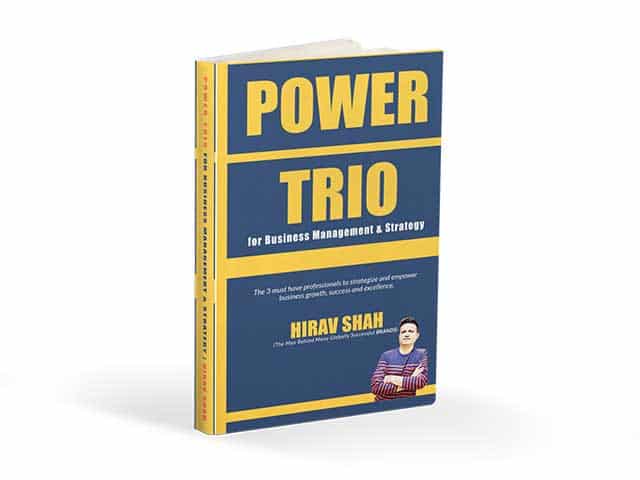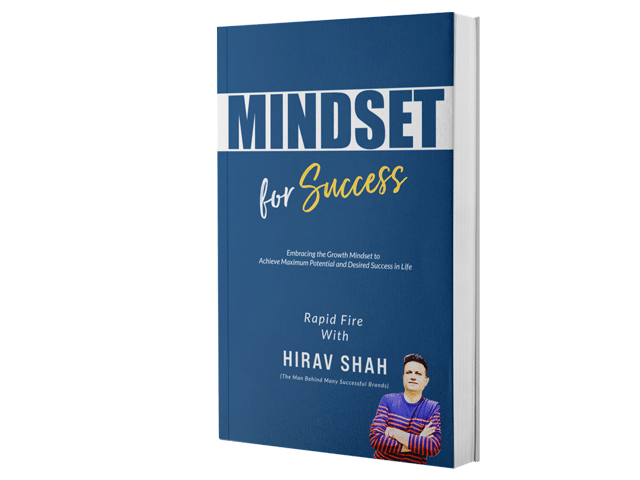In today’s competitive business landscape, having a Unique Selling Proposition (USP) is more important than ever. Your USP helps to carve out a niche for your brand and makes your business stand out in a crowded market. By strategically identifying and promoting what makes your business unique, you can attract and retain customers who value what you have to offer. In this guide, we’ll break down the steps to define your USP, explore key differentiation strategies, and show you how to position your business for long-term success.
Table of Contents
What is a Unique Selling Proposition (USP)?
A Unique Selling Proposition (USP) is a clear, concise statement that defines what makes your business different from the competition. It communicates the unique value or benefit your business offers that others don’t. Think of your USP as the reason why customers should choose you over any competitor. It’s the core message you want your audience to remember.
For example, Apple’s USP focuses on sleek, user-friendly design and premium product quality. Domino’s USP once highlighted their “30-minute delivery guarantee.” Both companies have clear USPs that address specific customer desires.
Why is a USP Important?
In a saturated market, a USP serves as the differentiator that helps your business break through the noise. By identifying and emphasizing your USP, you position your business as the solution your customers need. A well-crafted USP not only helps in customer acquisition but also fosters brand loyalty.
Steps to Craft Your Unique Selling Proposition (USP)
1. Identify Your Target Audience and Their Needs
Before crafting a powerful USP, understanding who your target audience is and what their needs are is essential. Your USP must directly address these needs.
Example:
If you’re running an online fitness coaching business, your audience might consist of busy professionals who struggle to find time for fitness. Their primary need might be a quick, effective fitness program that fits into their hectic schedules. Your USP could focus on time-efficient workouts tailored to fit the lifestyle of busy professionals.
How to identify your audience’s needs:
- Conduct surveys or interviews with existing or potential customers.
- Analyze customer feedback and social media mentions.
- Look for gaps in your market that you can fill.
2. Analyze Your Competition and Their USPs
Knowing what your competitors offer will help you position your business in a way that stands out. A deep competitive analysis will reveal strengths, weaknesses, and opportunities for differentiation.
Example:
Let’s say your competitors in the fitness coaching space offer one-size-fits-all workout plans. If you can offer personalized fitness plans, you now have a point of differentiation that could attract customers seeking more tailored solutions.
3. Determine What Sets Your Business Apart
The next step is to evaluate what makes your products or services unique. Think about the following aspects:
- Quality: Are your products or services superior in terms of materials, design, or performance?
- Price: Are you offering something at a better price point for the same or better quality?
- Customer Service: Do you provide exceptional customer support, personalized experiences, or a hassle-free return policy?
- Innovation: Are you offering groundbreaking technology or services that your competitors don’t?
Example:
A premium coffee brand may differentiate itself by focusing on sustainability (using ethically sourced beans) while competitors focus solely on taste or convenience. The sustainability factor becomes part of their USP.
4. Craft Your USP Statement
A great USP is simple, memorable, and directly appeals to your audience’s desires. It should convey what makes your business special in a way that’s easy for customers to grasp.
Example of strong USPs:
- FedEx: “When it absolutely, positively has to be there overnight.”
- M&M’s: “Melts in your mouth, not in your hands.”
- Tesla: “Electric cars that are fun to drive and better for the planet.”
Your USP should be short and sweet, communicating the benefit to your customer without any fluff.
Key Differentiation Strategies for Your Business
Once you have your USP, it’s time to incorporate it into your business’s strategies. Here’s how you can use your USP to stand out in four key areas:
1. Quality
Offer unmatched quality in your products or services. This can mean using the finest materials, hiring highly skilled professionals, or offering extensive warranties and guarantees.
Example:
A luxury skincare brand may differentiate itself by offering products formulated with rare ingredients sourced from specific regions around the world. They could also highlight their commitment to high-quality production processes, ensuring premium standards.
2. Price
You can differentiate your business by offering competitive pricing or unique pricing models. Price doesn’t always mean being cheaper; it can also mean offering superior value for the price.
Example:
A subscription box service could offer flexible pricing plans that allow customers to choose based on the frequency of deliveries, thus catering to different budgets.
3. Customer Service
Providing outstanding customer service can be a powerful differentiator. This could include personalized support, flexible return policies, or a customer loyalty program.
Example:
A local coffee shop could differentiate itself by knowing regular customers by name, remembering their favorite orders, and offering a “VIP” program for loyal customers.
4. Innovation
Innovation helps you stand out by offering something new or using technology in ways your competitors haven’t. Innovation can come in the form of a product, service, or delivery method.
Example:
Amazon revolutionized shopping with one-click ordering and fast delivery. They continuously innovate with things like Amazon Prime and Alexa to enhance the customer experience.
The Role of Business Strategists in Defining a USP
A business strategist, such as Hirav Shah, plays a crucial role in helping businesses identify their USP and leverage it to gain a competitive advantage. A strategist like Hirav Shah helps businesses:
- Identify customer pain points and unmet needs.
- Assess competitors’ strengths and weaknesses.
- Develop long-term strategies for growth and differentiation.
- Refine brand messaging and positioning.
Hirav Shah, a renowned business strategist, often advises brands to focus on the niche market where they can dominate rather than trying to be everything to everyone. His approach ensures businesses are not only able to craft a compelling USP but also consistently deliver on it to build brand loyalty.
Example Case Study: Fitness Coaching Business
Imagine you’re starting a fitness coaching business and you want to differentiate your offering. After conducting market research, you discover that most of your competitors offer generic workout plans. However, you find that many people are looking for more personalized fitness solutions.
Your USP might be:
“Personalized fitness coaching that fits seamlessly into your busy lifestyle—workouts designed to give you results in just 20 minutes a day.”
By focusing on quality (personalization), price (affordable plans), customer service (ongoing support), and innovation (short, effective workouts), you differentiate your business from others in the market.
Common FAQs About Creating a USP
1. How long should my USP be?
A good USP should be concise—usually no more than 1-2 sentences. It should be clear enough to communicate the value quickly but memorable enough to stick in your audience’s mind.
2. Can my USP change over time?
Yes, your USP can evolve as your business grows or the market shifts. However, any changes should always align with customer needs and expectations.
3. How do I know if my USP is effective?
Test your USP by seeking feedback from customers and conducting market research. If your USP resonates with your target audience and sets you apart from competitors, it’s effective.
Conclusion
In today’s business environment, differentiation is key. By crafting a unique selling proposition (USP) that speaks directly to the needs of your audience, you can carve out a space for your brand in a crowded market. Whether you focus on quality, price, customer service, or innovation, having a strong USP will help you build brand awareness, loyalty, and ultimately, business success.
By following these steps, analyzing your competition, and leveraging expert advice from business strategists like Hirav Shah, you can create a USP that not only differentiates your business but propels it toward greater success.















